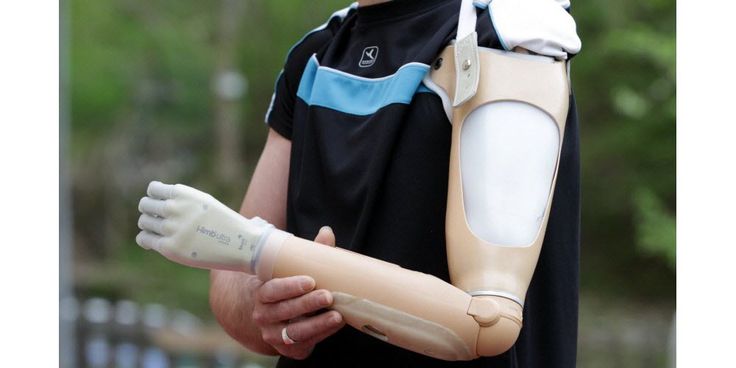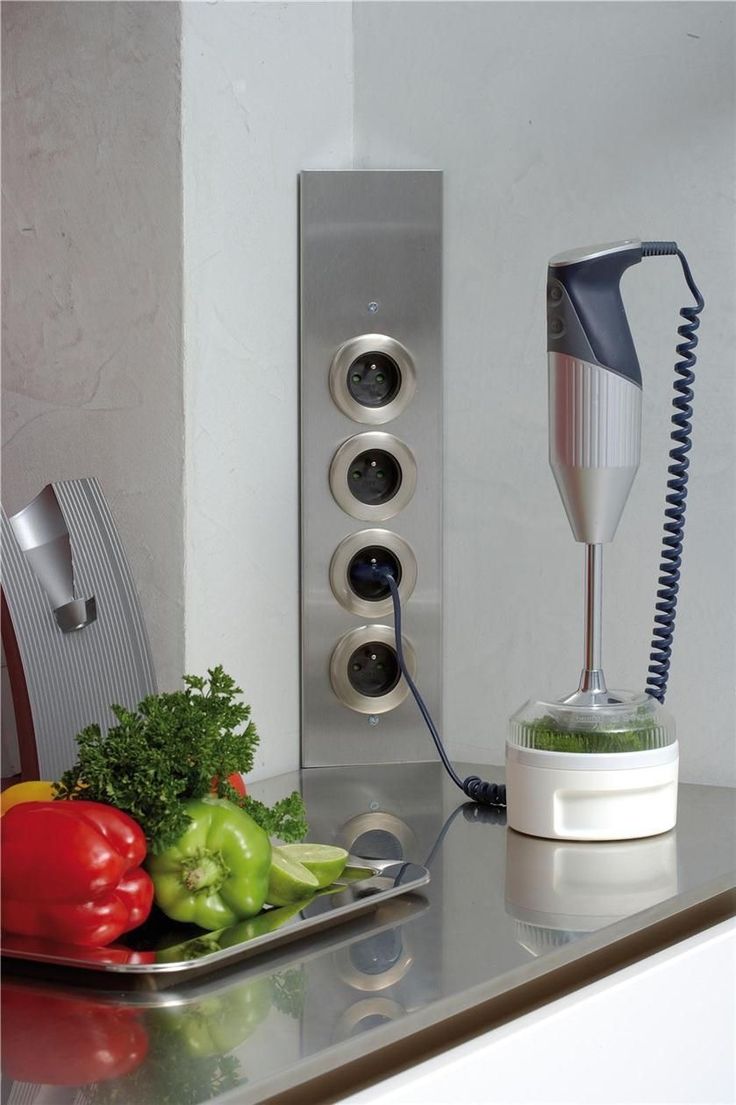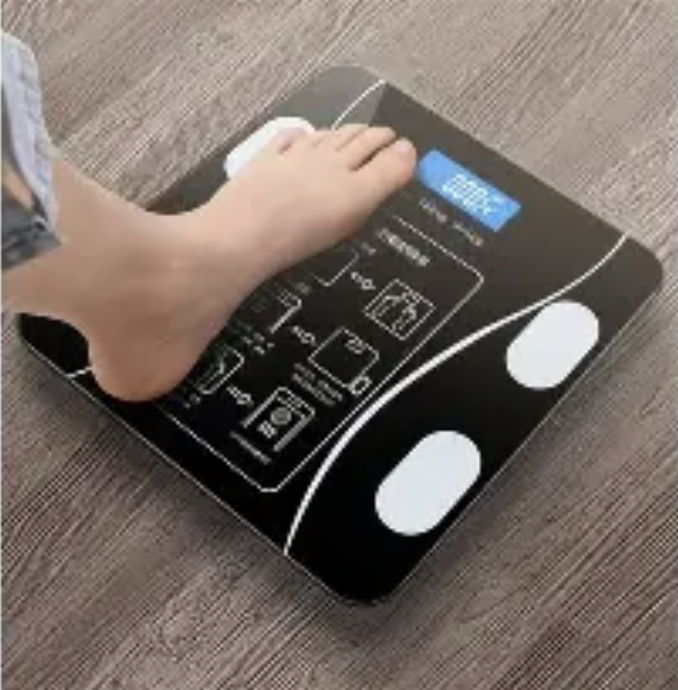When the prosthesis "senses" the temperature of the world
Cut an orange, and feel the juicy pulp at your fingertips, a real and sweet touch; Holding your lover's hand, the unique warmth and pulse beat directly reach your heart. For healthy people, these ordinary experiences were once an unattainable luxury for disabled people wearing artificial limbs. For a long time, artificial limbs have played a more functional role-it helps people walk and grasp, but it can't make them "perceive" the world. But now, with the rapid development of neuroscience, all this is changing. Scientists are giving artificial limbs new life, making them not only tools, but also a part of the body, reconnecting the sensory bridge between the brain and the outside world.
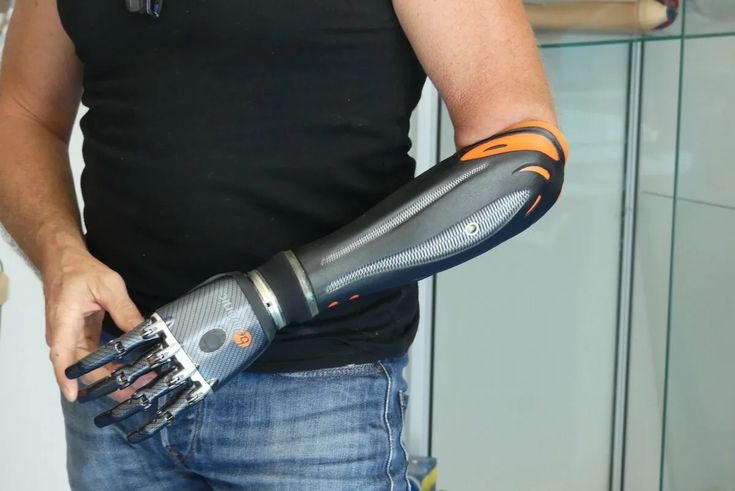
The core of this technology lies in the "translation" and "reverse translation" of the mechanical motion of the prosthesis and the neural signals of the human body. Imagine that a tiny sensor is implanted in the nerve endings of the wearer's stump. When the sensor on the prosthesis touches an object, such as touching a smooth glass, this information will be immediately converted into an electrical signal. These signals are transmitted along neural pathways to specific areas of the brain, which will interpret them as "smooth" touch. It sounds like science fiction, but it is becoming a reality in the laboratories of top research institutions such as MIT and Harvard University.
What is even more amazing is that some studies have gone beyond simple tactile feedback. For example, by installing pressure sensors and temperature sensors on artificial limbs, researchers can simulate more complex and subtle feelings. When the wearer holds a cup of hot coffee, the temperature sensor on the prosthesis will send a signal to let the brain "feel" the temperature of the coffee; When the grip is too strong, the pressure sensor will give a warning to make the brain "aware" of the need to relax. These feedback signals not only make the wearer operate the prosthesis more accurately and freely, but also significantly reduce accidental injuries caused by lack of tactile feedback.
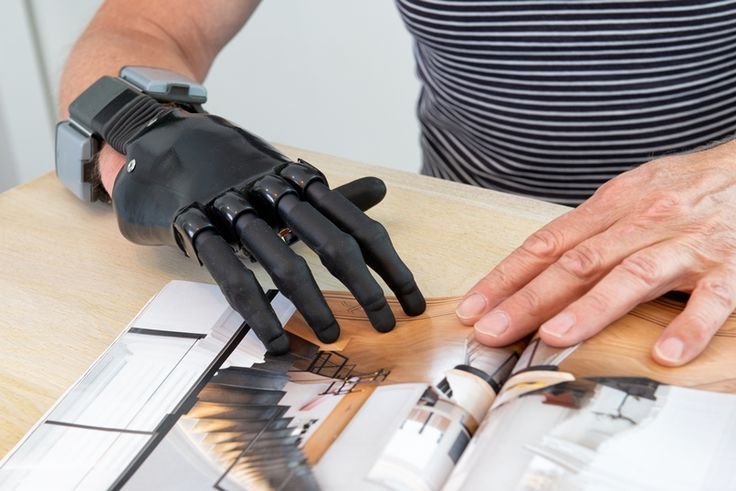
The prospect of this technology goes far beyond this. Imagine that the prosthesis of the future can not only provide tactile sensation, but also provide proprioception, that is, the perception of limb position and movement. This will enable the wearer to reach out to an object accurately with his eyes closed, as we are doing now. By directly connecting with the nerve signals of muscles, the prosthesis can complete complex and precise movements under the command of consciousness, just like a real limb, and the wearer's brain can receive the "feedback" from the prosthesis in real time, thus forming a complete perception-action closed loop.
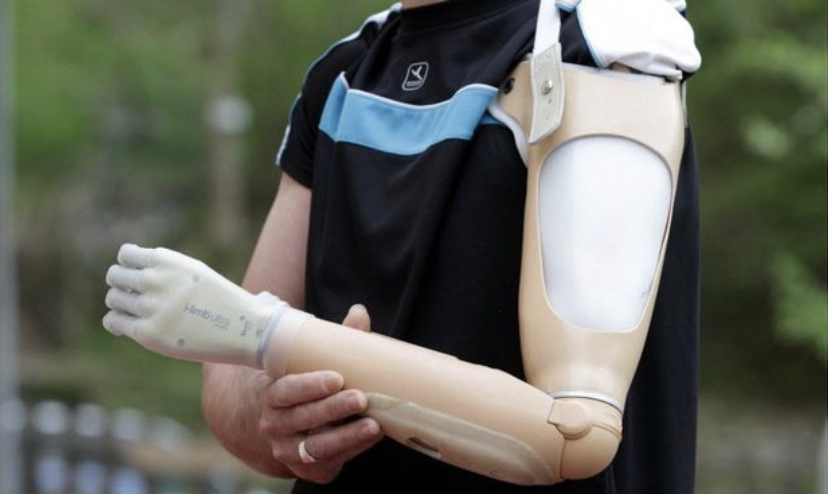
Of course, the development of this technology also faces many challenges, such as the accuracy of sensors, the stability of signal transmission and how to ensure the comfort and long-term use safety of the wearer. However, every step of exploration is full of hope. It is not only about technological breakthrough, but also about the return of human nature. When a person who has lost his arm can "touch" the child's cheek again and feel the softness and temperature; When a person who has lost his legs can "perceive" the texture of the soil under his feet, this recovered sense of touch reconnects them with the world and makes them become a complete person again. This is not only the progress of artificial limbs, but also the infinite exploration of human potential.
(Writer:Laurro)
